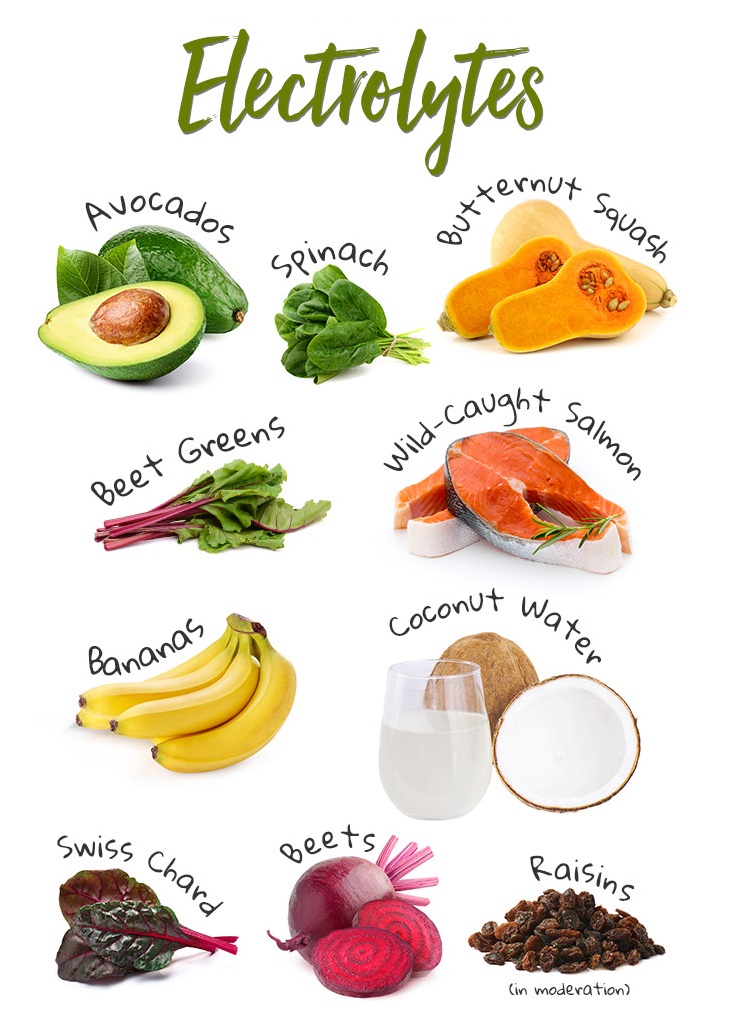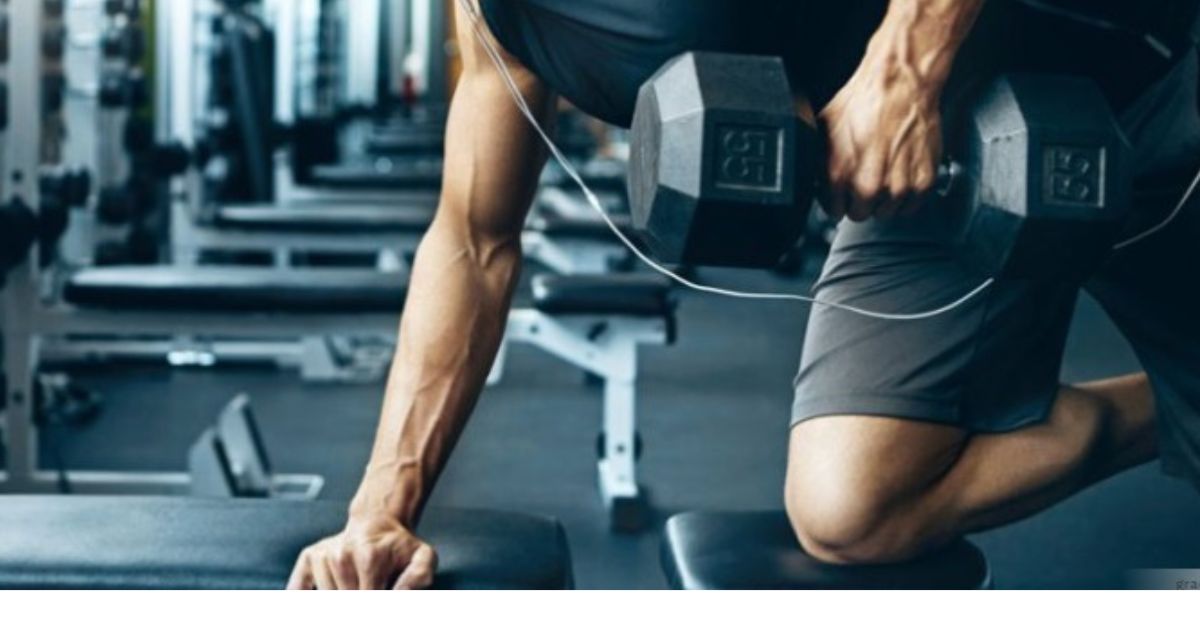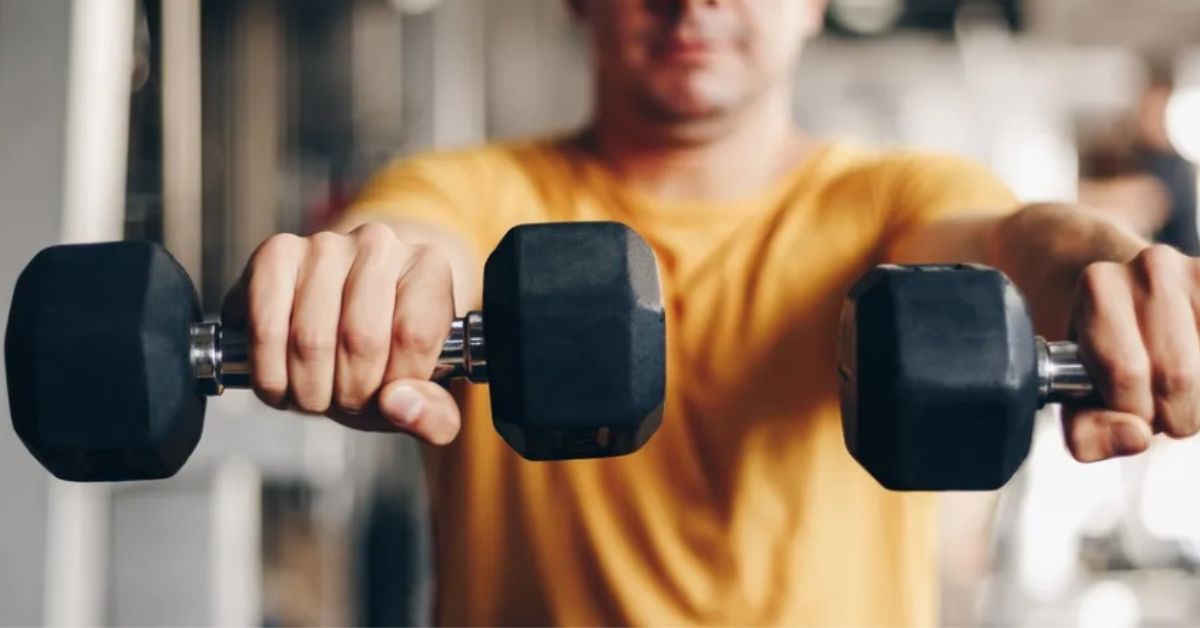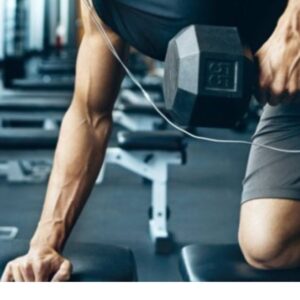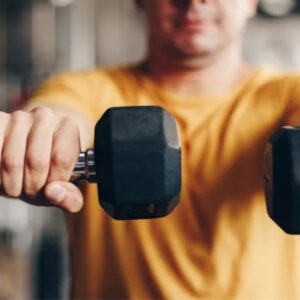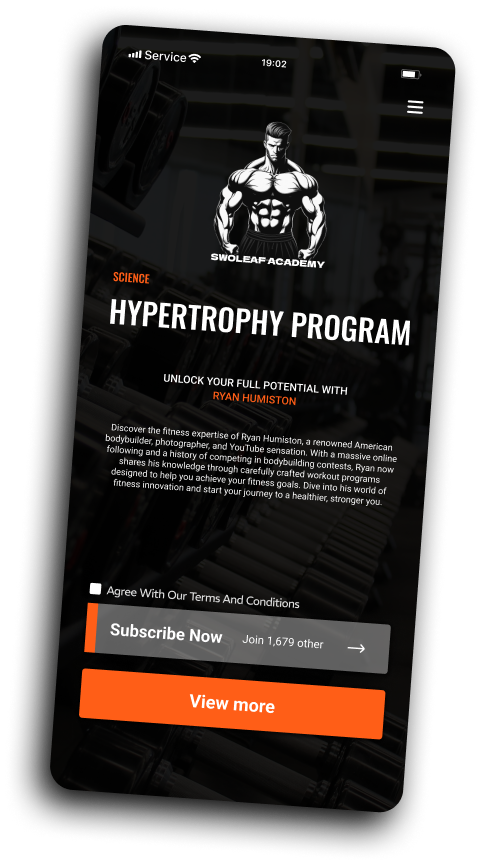Electrolytes are vital substances in your body that transport electric charges. They serve an important part in a variety of physiological tasks, ensuring that your body functions properly. When minerals dissolve in biological fluids, they become charged particles (ions).
Electrolytes are necessary for many basic bodily activities. They help to keep your body hydrated, maintain cellular homeostasis (balance), and conduct nerve impulses and muscular contraction. Because electrolytes play so many crucial roles, it is critical to ensure that your body receives the electrolytes it requires to function properly.
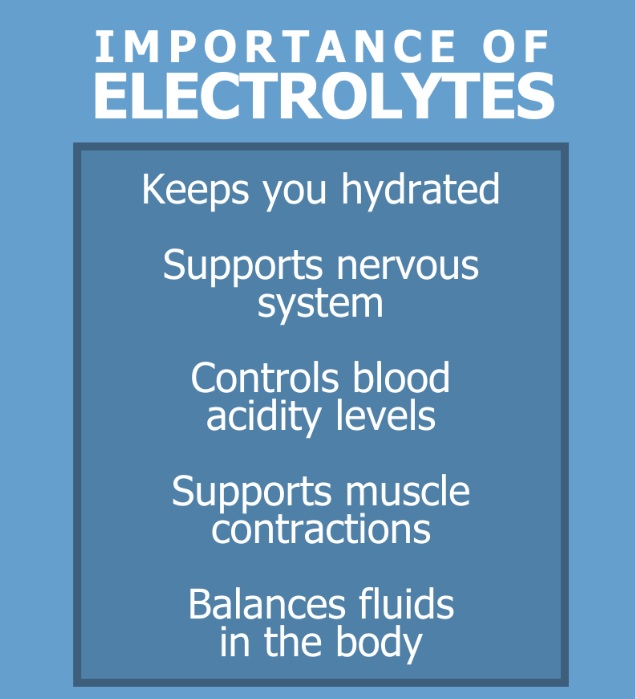
What are Electrolytes?
Electrolytes are minerals derived from food that have an electrical charge. They are absorbed into the body during digestion and are found in blood, urine, perspiration, and other physiological fluids. Electrolytes are minerals such as:
- Calcium
- Chloride
- Magnesium
- Phosphate
- Potassium
- Sodium
Electrolytes help maintain optimum hydration and cell function by balancing fluid levels in and around cells. They aid in neuron and muscle function, including heart and muscle contractions.
Electrolytes help to keep the body’s pH balanced, which is necessary for numerous chemical reactions.
Electrolytes and Their Roles:
Sodium (Na+)
- Regulates fluid balance, neuron function, and muscle contractions.
- Maintaining muscle tissue rigidity, strength, and flexibility
- Important for the structural integrity of the bone and muscle
- Causes the contraction and relaxation of blood vessels and helps in the distribution of blood throughout the body
Chloride (Cl-)
- Chloride is found in all physiological fluids, with the greatest concentrations in blood and fluid outside of the body’s cells.
- Chloride is a component of salt, most specifically sodium chloride (NaCl) and potassium chloride, a common salt alternative.
- Chloride is naturally present in many processed and packaged foods. As a result, most people consume more chloride than their bodies require.
Magnesium
- Blood sugar control
- Blood pressure control
- Bone formation
- Transport of calcium and potassium ions across cell membranes, which is required for nerve impulse conduction, muscle contraction, and appropriate heart rhythm.
- Synthesis of DNA and RNA
- Synthesis of glutathione (a powerful antioxidant).
- Nerve and muscle activity
- Protein synthesis
Phosphorus
- Growth of strong bones and teeth
- Carbohydrate and fat metabolism
- Heart rhythm, renal function, muscle contraction, and regulation of nerve signals
- Protein synthesis for cell and tissue growth, maintenance, and repair
- Creating ATP, a chemical that the body utilises to store energy (17)(31).
- The kidneys regulate phosphate levels, and a phosphate imbalance could be caused by a lack of nutritional intake, kidney illness, or gastrointestinal issues.
Potassium
The internal fluid contains 98% of the body’s potassium, making it the most abundant electrically charged particle within the cell. Potassium is essential in the following processes:
- Functioning of the heart and kidney
- Muscle tone
- The communication of nerve signals
- Nutrient transport in and out of the cells
- A diet high in potassium can help to mitigate the negative effects of sodium on blood pressure.
- People with inflammatory bowel condition, Crohn’s disease, or ulcerative colitis, as well as those who use laxatives or diuretics, are more prone to develop a potassium deficiency
Electrolyte imbalances can be caused by sweating, vomiting, diarrhea, and certain medical diseases. Water alone may not be enough to restore electrolyte balance; consider electrolyte-rich foods or drinks.

Warning Signs of Electrolyte Imbalance
- weak or cramped muscles.
- abnormal heartbeat.
- fatigue or confusion
- vomiting or feeling nauseous.
- tingling sensation
Food Sources of Electrolytes
- Na+ (sodium): Table Salt is the most direct source of sodium. Many processed and packaged foods are rich in salt, so watch your intake.
- K+ Potassium: Bananas are well-known for their potassium content, but they are also high in other vitamins and fiber. Oranges are a powerhouse high in potassium and vitamin Potatoes are a good source of potassium, especially when eaten with the skin. Leafy greens like spinach are a good source of iron.
- Calcium (Ca2+): Dairy products such as milk, yogurt, and cheese are high in calcium. Some plant-based milk replacements, such as almond or soy milk, are calcium-fortified. Collard greens, kale, and broccoli are also high in calcium.
- Magnesium (Mg2+): Magnesium-rich snacks include almonds, cashews, and pumpkin seeds. Magnesium is found in foods such as brown rice, whole wheat bread, and oats. Spinach, Swiss chard and kale are high in magnesium and calcium.
Hydration and Electrolyte Balance
Proper hydration and electrolyte balance are critical factors that work together to keep our bodies running smoothly. Here’s why these two things are connected and important:
- Water makes up a large component of our bodies and is involved in almost every physiological process.
- Adequate hydration keeps our bodies running smoothly. It aids in the regulation of body temperature, the delivery of nutrients, and the elimination of waste.
- Dehydration occurs when we lose more fluids than we take and loss of fluids may cause a dry mouth, dark urine, weariness, and even cognitive problems.
- We lose both water and electrolytes when we sweat. This is most prevalent after activity, in hot temperatures, or when sick.
- Rehydrating with only water can dilute the concentration of electrolytes in your blood, resulting in an electrolyte imbalance. It is critical to restore both lost fluids and electrolytes in to maintain balance. This can be accomplished by drinking electrolyte-rich fluids such as sports drinks or eating electrolyte-rich foods.
- Drink plenty of water throughout the day, especially if you’re active or in hot weather. If you’re sweating profusely, consider electrolyte-containing sports drinks to help restore balance. Consume a well-balanced diet high in potassium-rich foods such as bananas, leafy greens, and potatoes, as well as calcium and magnesium-rich foods such as dairy products, nuts, and whole grains.

Electrolytes and Exercise Performance
To improve physical performance while lowering the risk of negative effects from electrolyte imbalances:
- Be sure to stay hydrated before, during, and after activity. Drink plenty of water and consider sports drinks for prolonged or vigorous activities to replace electrolytes.
- Consume a well-balanced meal high in electrolytes. Include fruits, vegetables, dairy products, lean meats, and whole grains in your diet to acquire a good variety of electrolytes.
- Athletes who engage in strenuous training may require electrolyte replenishment, especially if they sweat much. For personalized advice, speak with a sports nutritionist or a healthcare professional.
- Be on the lookout for electrolyte imbalance symptoms such as muscle cramps, lethargy, disorientation, or irregular heartbeats. Address these symptoms as soon as possible.
Electrolytes and Heart Health
Electrolytes are essential for heart health and good cardiovascular function. These minerals are engaged in a variety of physiological processes that are required for the heart to operate properly.
The heart is a muscular organ that contracts rhythmically to circulate blood throughout the body. Electrical impulses from specialized cells within the heart, particularly the sinoatrial (SA) and atrioventricular (AV) nodes, control this rhythmic contraction. Each heartbeat is initiated and coordinated by these electrical signals.
- Sodium is essential in the initiation of the electrical impulse in the heart. It enters heart cells via sodium channels, causing what is called an action potential.
- This action potential subsequently spreads to neighboring cells, causing them to contract in unison.
- After sodium causes the cell to contract, potassium enters the picture during the next phase- repolarization.
- Through potassium channels, potassium ions depart the cell, allowing the cell to reset and prepare for the next contraction. This equilibrium of sodium and potassium ions is required for a normal heartbeat.
- Electrolytes play an important role in regulating fluid balance throughout the body, which impacts blood pressure. The heart circulates blood to organs and tissues, supplying oxygen and nutrition.
- Sodium is an important electrolyte in fluid balance regulation. When there is too much sodium in the bloodstream, it attracts water, increasing blood volume and, as a result, increases blood pressure. Chronic hypertension can strain the heart and increase the risk of cardiovascular disease.
- Potassium counteracts the effects of sodium by assisting the kidneys in excreting excess sodium. This procedure decreases blood volume and blood pressure. Adequate potassium consumption is linked to decreased blood pressure and a lower risk of heart disease.
- Electrolytes, particularly calcium, are essential for muscular contraction, and the heart is a calcium-dependent muscle.
Electrolytes and Nervous System
- Calcium ions take part in muscle contraction and the transmission of nerve impulses, while potassium aids in muscle relaxation following contraction.
- The electrical balance required for this communication is maintained by sodium and potassium.
- Excessive sodium can cause nerve hyperactivity, muscle twitching, and seizures. It can also cause confusion or unconsciousness in severe circumstances.
- Low sodium levels can cause nerves to become less sensitive, resulting in muscle weakness and weariness, as well as disorientation, seizures, or coma.
How to Replenish Electrolyte Levels
There are numerous ways to receive the electrolytes your body requires through diet alone. Here are some foods and beverages that can help you refill your electrolyte levels.
- One cup of coconut water contains 350 mg of potassium or about 13% of your daily value (DV). Fortunately, coconut water is a popular alternative to bottled water and is accessible at most grocery and convenience stores.
- Because of their high potassium content, bananas are a fantastic provider of electrolytes. An average banana has 422 mg (16% DV) of potassium. Put some peanut butter over your banana for a protein boost, or mix it into your muesli for fiber.
- Dairy products are high in calcium and salt. There are around 199 mg (20% DV) of calcium and 281 mg (10% DV) of potassium in 100 mL of milk.
- One ounce of parmesan cheese contains approximately 336 mg (33% DV) of calcium and 26.1 mg (2% DV) of salt.
- While calcium is commonly linked with dairy products, collard greens, beans, soy products, almonds, tahini, and bok choy are also good sources of the mineral.
- A slice of cheese on a piece of almond flour toast provides salt and calcium.
- 100g of white meat contains 349 mg (12% DV) potassium and 1200 mg (52% DV) sodium. Shellfish, beans and lentils, and hemp seeds are other good sources of zinc.
- Avocados are an easy way to add electrolytes to your diet. One medium avocado has 660 mg (22% DV) potassium. Avocados on toast with a sprinkle of cheese make an electrolyte-rich snack or breakfast.
- While juices like orange, lemonade, and banana all contain electrolytes, pomegranate juice has 533 mg (18% DV) of potassium per cup, making it a good source of electrolytes.
- Serve with breakfast or as a snack in the afternoon. If you want to enhance your electrolyte intake, stick to a cup of 100% fruit juice to avoid options with a lot of added sugar.
- Watermelon is high in not only electrolytes but also vitamin C and is a great choice to recoup the electrolyte levels in the body.
Do You Need Electrolyte Drinks?
You don’t need to regularly consume electrolyte drinks if you follow a healthy diet that includes a range of foods and drink enough water for your urine to be clear to pale yellow. This is because your electrolyte levels are likely in equilibrium. The average American consumes more sodium—2,300 mg or one teaspoon of salt—than is advised. Consuming a variety of produce increases your intake of potassium, magnesium, and calcium.
You should consume about as much water as you lose via perspiration, urination, and other fluid losses. But if you become dehydrated and lose more fluid than you consume, you lose electrolytes- a condition called dehydration.
The symptoms of dehydration include:
- dark urine
- excessive thirst
- tiredness
- dizziness
- confusion
- infrequent urination.
You may become dehydrated at times, and electrolyte drinks can help you rehydrate and replace your electrolytes. Here are a few examples:
- Being exposed to severe heat
- Exercising vigorously
- Vomiting
- Diarrhea
- Excessive alcohol consumption
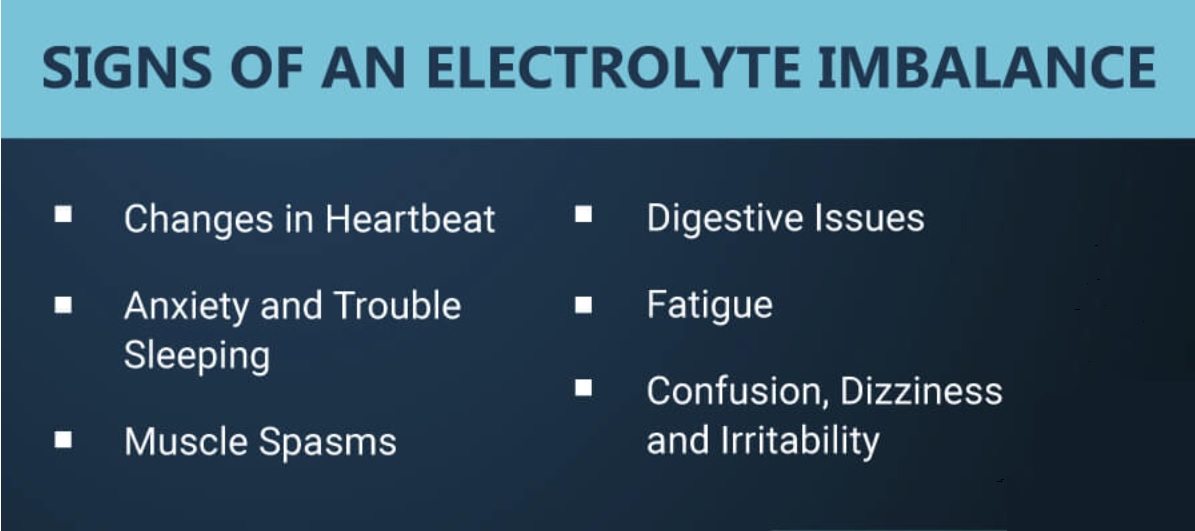
What Does an Electrolyte Drink Contain?
Electrolyte drinks are made out of water, electrolytes (often sodium and potassium), and sugar. Because the primary goal of an electrolyte drink is to rehydrate you, electrolyte beverages contain largely water. Depending on the purpose of the beverage, different amounts of sugar and electrolytes are added. Some electrolyte beverages are designed for post-exercise recovery, while others are more appropriate if you’re sick and losing fluids through vomiting or diarrhea.
Sugar
- Sugar increases water absorption, allowing you to rehydrate more quickly. It is a carbohydrate, and sports drinks with carbohydrates assist refill glycogen stores—the glucose storage form that depletes during exercise.
- However, studies, such as a 2021 study published in Nutrients, demonstrate that excessive amounts of sugar are not required by your body. Too much sugar can make it difficult to drink and also delay water absorption.
- The most prevalent electrolytes are sodium, potassium, and chloride. All of these are lost through perspiration. Because salt causes thirst, having sodium in an electrolyte drink can assist in boosting the quantity you drink, allowing you to drink more water to rehydrate.
- Protein is sometimes added to sports drinks to aid in muscle regeneration, even though it is not normally added to electrolyte drinks. However, studies, such as a 2021 study published in Nutrients, demonstrate that excessive amounts of sugar are not required by your body. Too much sugar can make it difficult to drink and also delay water absorption.
- The most prevalent electrolytes are sodium, potassium, and chloride. All of these are lost through perspiration. Because salt causes thirst, having sodium in an electrolyte drink can boost the quantity you drink, allowing you to drink more water to rehydrate.
How to Choose an Electrolyte Drink?
- Carrying electrolytes is crucial for individuals who run long distances. Electrolytes in the form of effervescent pills are easy to carry and suited for longer runs.
- Electrolyte drinks with diverse flavors are beneficial in the long term. Drinking the same flavor over and over again makes it less appealing.
- The most crucial aspect is the contents. Those who sweat a lot may prefer electrolytes with a higher sodium level, whereas those who suffer from muscle cramps (and run longer distances) may prefer electrolytes with a lower sodium content.

